The island nation of Malta in the middle of the Mediterranean sea was a pleasant surprise. Sightseeing in Malta includes an abundance of fortresses and Cathedrals. The megalithic temples of Malta date back to the stone age.
Malta can be a paradise for hikers, history lovers and sun-worshippers alike. It has an interesting history with numerous rulers – the Greeks, the Arabs, the Hospitallers, the Romans, the Normans, French, and British – brings a vibrant diversity of culture and food that is unique to this special European destination.
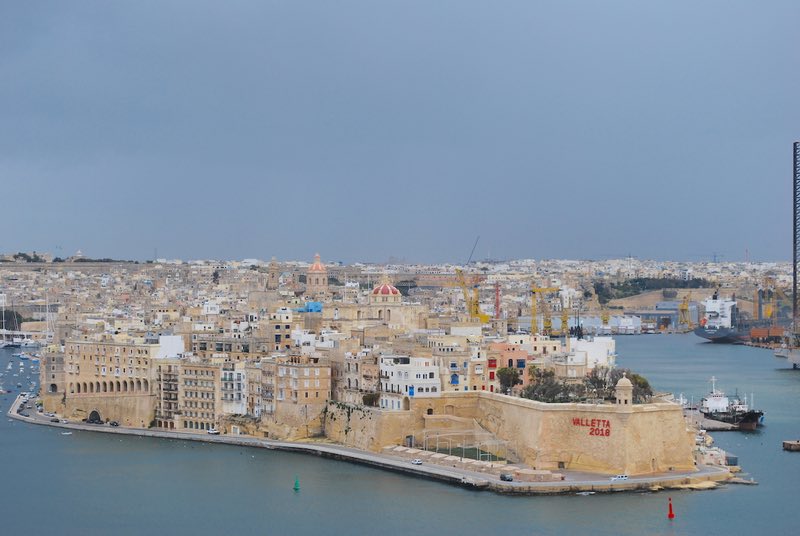
Barakka Gardens View – Valletta, Malta
Table of contents: ()
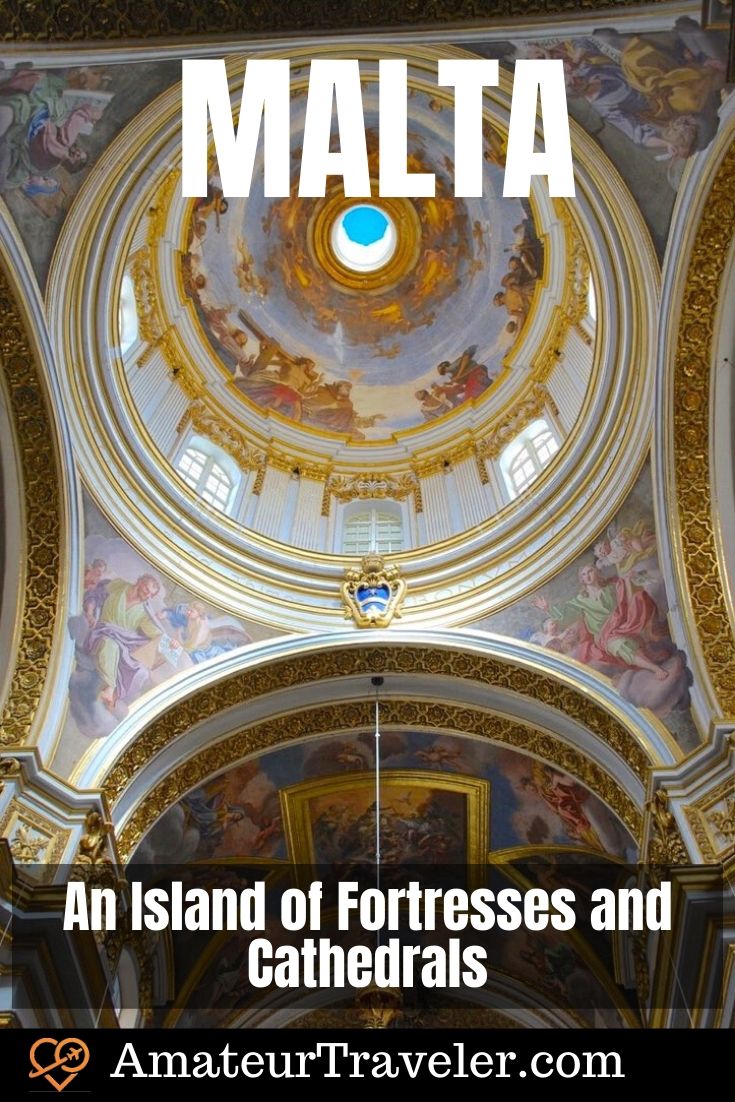
Plan for the Weather
Despite the windy weather in the month of March when I first visited Malta, the fact that the beaches were a little chilly to enjoy was not an issue. I was predominantly there for the Churches and architecture. Do factor in the weather and time of year when you make your plans to visit Malta – the best time of year is between May and September. However, there is so much to explore on this small island that you will not be bored. If you are hiking, you may prefer to avoid the hottest summer months.
Benefits of Travel in Malta
Malta is extremely easy to travel around. The main language spoken is English making it an easy option for travelers. The currency is the EURO and so you can quickly get used to the money. And did I mention that it’s so easy to get around by public bus? Spend at least 10 days exploring this wonderful island and of course, its sister island of Gozo.
Highlights of Malta
Sliema and St Julian’s
The majority of tourists visiting Malta stay in Sliema and St Julian’s just a little further North from the capital of Valetta. They tend to have a lot more going on in the way of hotels, bars, and nightlife than the historical capital of Valetta, which can tend to be a bit quiet in the evenings. From Sliema, you can take the ferry to Manoel island to visit Fort Manoel.

Castile Palace – Valletta, Malta
Valetta
Valletta, known as “a city built by gentlemen for gentlemen” is Malta’s capital city. A working city and the administrative and commercial heart of the Islands, Valletta a lot of titles, all recalling its rich historical past. It is a “modern” city made by the Knights of St John; a masterpiece of the Baroque; a World Heritage and a European Art City. These days, it is one of the most highly concentrated historic areas in the world. The city is busy every day, yet it has a timeless atmosphere by night, which gives the feeling that you are going back in time. The grid of narrow streets shows some of Europe’s finest churches, artworks, and palaces.
Valletta is copiously rich in sites to explore and see, fascinating historical buildings around every corner such prayerful statues, fountains, niches and coats of arms up on parapets. The slender side streets are full of tiny quaint cafés and shops, whereas Valletta’s main streets are lined with bigger international branded shops for music, fashion jewelry and lots more.
The ideal way to get around and see as much as possible is on foot and although the options to do and see are plentiful, a good start and definitely one that shouldn’t be missed are Valletta’s lovely gardens. The Hastings Gardens, Upper Barrakka Gardens, and the Lower Barrakka Gardens are just three of the most well-known ones, although on further exploration a lot of hidden gardens can be found. Make sure that you time your visit to the Upper Barraka gardens with the free Canon fire display that takes place at noon. It really is a spectacular show!
St John’s Co-Cathedral & the museum are certainly not to be missed, as this extravagantly adorned church is home to world-famous artistic masterpieces by Mattia Preti and Caravaggio. While the Co-Cathedral doesn’t seem like much from the outside, the inside will surely impress with its gold plated interior and marble tombstone floor.
Apart from gorgeous Baroque churches other places of interest consist of the various grandmaster auberges, museums, and piazzas. Jump on one of the walking tours of the city, or simply stroll and absorb it at your leisure.
The ‘Three Cities’ and Nearby Fortresses
Don’t let your sightseeing of Malta’s capital stop in Valetta’s old town. Take a ferry across to explore the three fortified cities of Birgu, Senglea, and Cospicua in Malta. My advice is to take a boat to Kalkara and visit Fort Ricasoli. You can then explore the three cities on foot from there if you don’t mind a bit of walking.
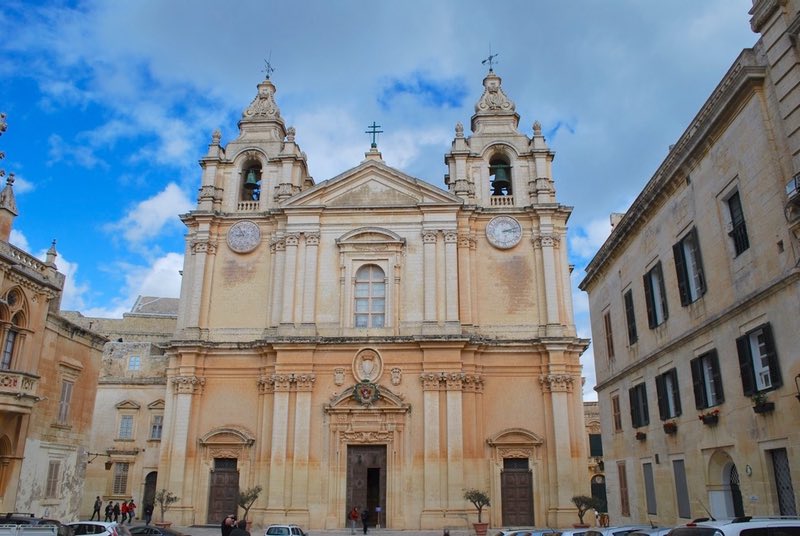
Cathedral in Mdina
Mdina
Mdina, known as Malta’s ‘Silent City’, sits above a hill overseeing many of the neighboring towns. This tiny city is reinvigorated and boasts a diverse mix of Baroque and medieval architecture covering the quaint narrow streets. Inhabited in the past by noble families, many of the residences have been passed down through the generations and are still associated with the wealthier. Tiny, deceiving doorways embedded in tall walls lead to properties with vast interiors. Nicknamed the ‘Silent City’ due to its quiet streets and strict vehicle restrictions, entering Mdina is like going back in time.
The main entrance to Mdina, known as Mdina Gate or Vilhena Gate, is a fine example of what to find beyond it. Dedicated to the Patron Saint of Malta, St Paul’s Cathedral is Baroque in style and was built in Mdina in the 17th century. Designed by architect Lorenzo Gafa, the cathedral took five years to build. The impressive interior of the cathedral holds an ornate vault, gilded and with an arched ceiling of paintings of St Paul’s Shipwreck as depicted by artists, the Manno brothers. Surrounded by detailed stone masonry and marble, the interior of the cathedral is even more overwhelming than its beautiful exterior.
- Search for Great Tours HERE
- Get a Car Rental
- Get an eSim to be able to use your smartphone abroad.
- Get a universal plug adapter
- Buy Travel Insurance
- Book Your Accommodation HERE
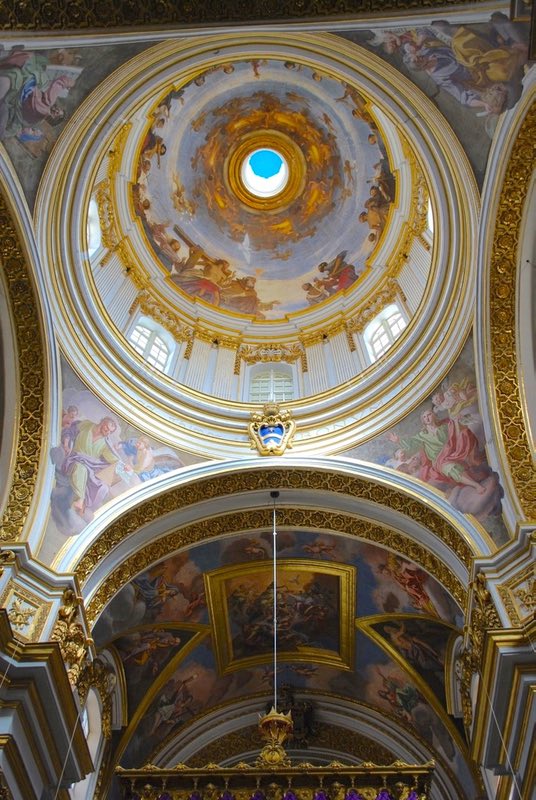
If you are excited by the concept of exploring underground, don’t miss the catacombs – an underground labyrinth containing tombs and galleries that date back to around the 8th Century.
Mosta
While Mosta isn’t one of the top tourist spots to come up in your research when you’re planning your holiday on the Maltese islands, it definitely has a very beautiful gem to offer: Mosta Rotunda. The Rotunda of Mosta is one of the most famous churches in Malta, situated in the central village of Mosta. The church façade has a portico with a total of six Ionic columns and is bordered by two bell towers. Its key feature which gives it the name of a rotunda is a spectacular dome with an exterior height of 61m and a diameter of 39.6m, making it a feature in most rooftop panoramas around Malta. The dome itself is unsupported and for a time was the third-largest in the world. The interior is also stunning, painted blue, gold, and white and decorated with rich colors and stunning statues, stucco moldings, and gilded and decorative elements.
When it comes to the time for religious celebrations, the Mosta is one of the churches which is most famous for these Christian traditions. One of these is the Good Friday procession in which a number of people choose to wear the kunfratija – a white or black full body cover to indicate piety and penance. Many also walk the procession barefoot as a sign of remorse for their sins. A less somber and more fun occasion is the feast of the Assumption of Our Lady, which is held every August 15th and is a notable holiday island-wide.
Hagar Qim
The temple of Hagar Qim stands on a hilltop overlooking the sea and the islet of Fifla and is included in the UNESCO World Heritage List. 18th and 19th-century paintings that show off this temple show that Hagar Qim wasn’t completely buried as the tallest stones, remained exposed. The site has a central building and the remnants of at least two more structures. The colossal facade of the central structure and large forecourt follow the pattern characteristic of Maltese Prehistoric Temples. Along the external wall, you may find some of the largest megaliths used in the building of these structures, such as a 5.2m high stone and a huge megalith estimated to weigh close to 20 tonnes. The building is made up of a series of C-shaped rooms, also known as apses. Going through the main entrance, you can see a central paved space with an apse on either side. A number of clay and stone statuettes of obese figures which have been discovered in this temple can also be seen at the museum.
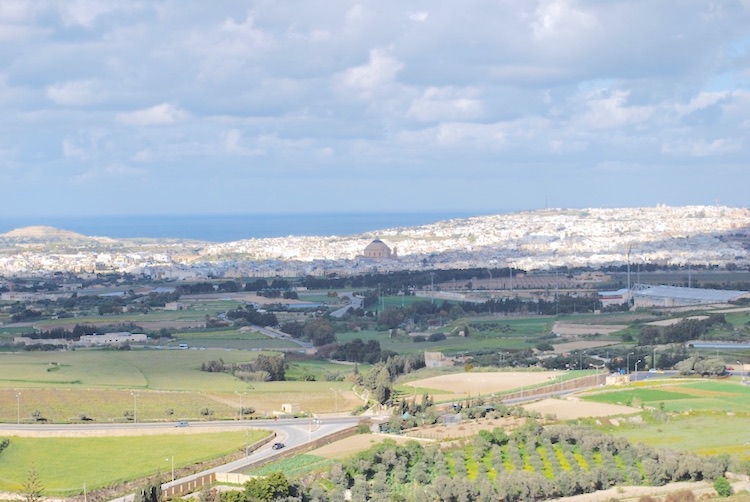
View from Mdina walls
Other Megalithic Temples
If you still haven’t got your fix of ancient temples in Malta, there are plenty more to explore. On Malta, venture to Tarxien, Scorba, Ta Hagrat, and Mnajdra.
You should also visit the Hal Saflieni Hypogeum – a burial complex cut into solid rock and built by the same people who built the prehistoric temples it once held approximately 7000 bodies for up to 1000 years. The Hal Saflieni Hypogeum is a UNESCO World Heritage site. As visitors are limited to 10 an hour, you must book in advance to avoid disappointment.
Next head of to Gozo, Malta’s sister island by ferry to explore ?gantija and Santa Verna. The Ggantija temples are important because they are the earliest of Malta’s megalithic temples. More on Gozo later!
Bugibba
Bu?ibba is a village by the Northern coastline of Malta and forms part of a bunch of villages together with Qawra and St. Paul’s Bay. It’s one of the most well-known tourist destinations in Malta and attracts tens of thousands of visitors every year.
Even though Bu?ibba isn’t a normal Maltese village and has little in terms of history and culture, it’s a good spot for people looking to combine holiday comfort with exploring the country. Being a prevalent village among tourists, Bu?ibba is a fairly quiet place during the winter months and busy (for local standards) during the summer months. With the large majority of tourists in Malta being UK citizens, you’ll find a few English-style pubs and bars in the area. It’s a popular destination for couples of all ages and families with children.
Bu?ibba provides a variety of hotels to suit all different budgets, with the exception of luxury hotels. There’s an artificial sandy beach, placed on a fairly rocky shoreline. It’s a clean beach that’s popularly visited by the tourists that are staying in the area.
If you’re traveling with children there is a great aquarium in Bugibba that is worth a visit to learn about the sea-life of the area and of the rest of the world.
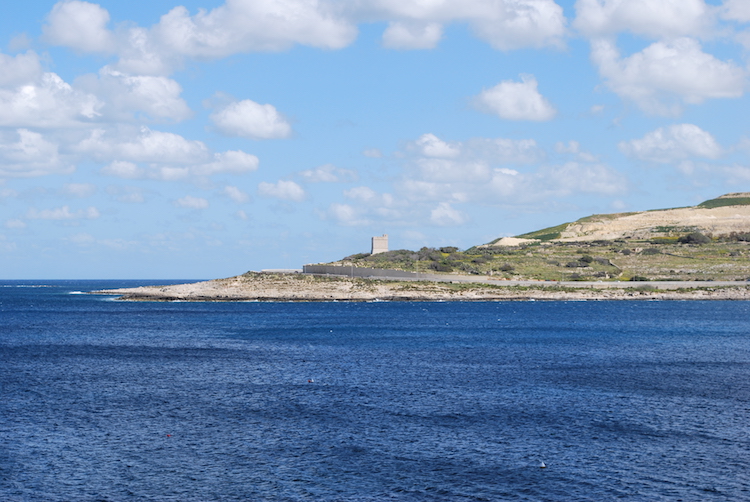
Mellieha Bay
Gozo
During your stay in Malta, it will certainly be worth taking a trip to Malta’s sister island – Gozo. Take the ferry across to visit Gozo from Cirkewwa (Malta) to Mgarr (Gozo) for just a couple of Euros to discover the delights of Malta’s sister island including the Citadel, Blue Lagoon beach, and Gozo Cathedral.
The production of sea salt is a long-standing tradition on the island of Gozo. You may be interested in seeing the ‘Salt Pans’ of Malta which are laid out in geometric patterns jutting into the ocean. It makes for a beautiful early morning coastal walk.
Although public transport (buses) isn’t as good as on Malta itself, there are plenty of options to rent bikes and a car on the island. You can also join tours by quad bike, jeep, and even tuk-tuk!
Mellieha
Mellieha Bay in the North of Malta and a great destination to stay for relaxation and beaches. Mellieha town is perched on a hill and there are several interesting points in Mellieha including to Parish Church, air raid shelters and a hidden Church underground. You can also walk up to visit the Red Fort. Mellieha is a good place to be based if you want to see the historical sites in Malta but also combine this with a trip to Gozo, as the ferry port for Gozo is not far from Mellieha.
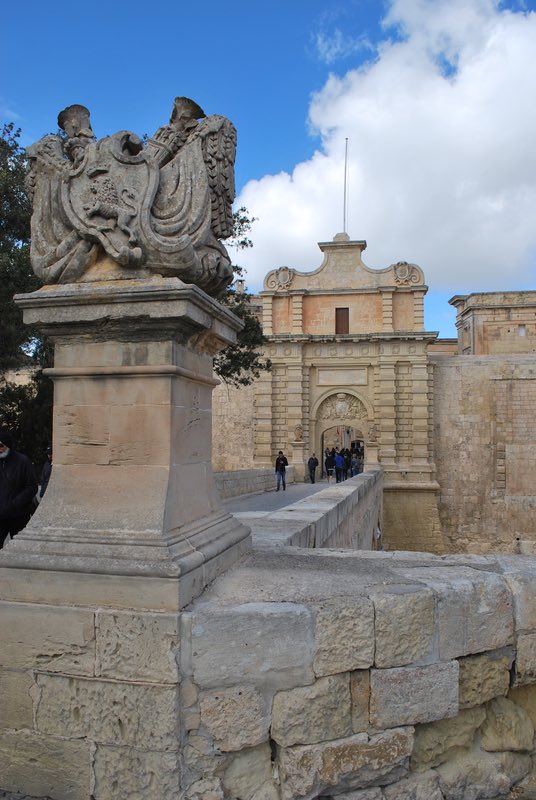
Mdina Malta
Top Malta Travel Tips
- Spend at least 10 days to 2 weeks if possible, but you will still be able to cover a lot of the main sights within a week.
- Use the public buses to get around Malta.
- Hiring a car? Drive on the left!
- The currency is the Euro – take some Euros along with your credit card which you will be able to use in most places.
- Take the ferry across to Gozo to see the Citadel, Cathedral and Salt pans.
- The local dish is… rabbit!
- Regarding visas – Malta is located in the Schengen Zone of Europe.
- Tipping is usual in Malta for taxis and good service in restaurants (roughly 10%)
- Plugs are the UK Type G – make sure that you take those or a converter.
- Topless swimming and sunbathing is not allowed in Malta – it is a strongly Christian country.



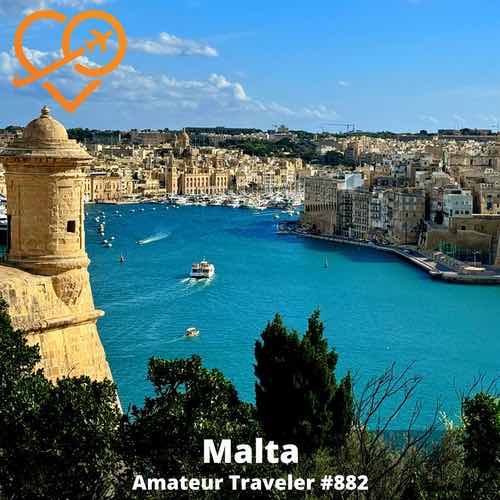 Travel to the Island of Malta – Episode 882
Travel to the Island of Malta – Episode 882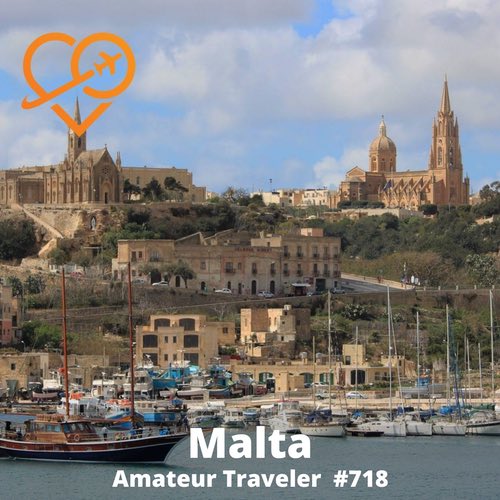 Travel to Malta – Episode 718
Travel to Malta – Episode 718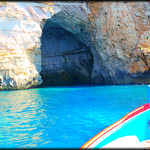 What to do in Malta
What to do in Malta One Week in Malta – Why Malta is Worth a Visit
One Week in Malta – Why Malta is Worth a Visit

Fehima
Says:February 29th, 2020 at 7:13 am
It looks amazing. Thank you for the post! 🙂